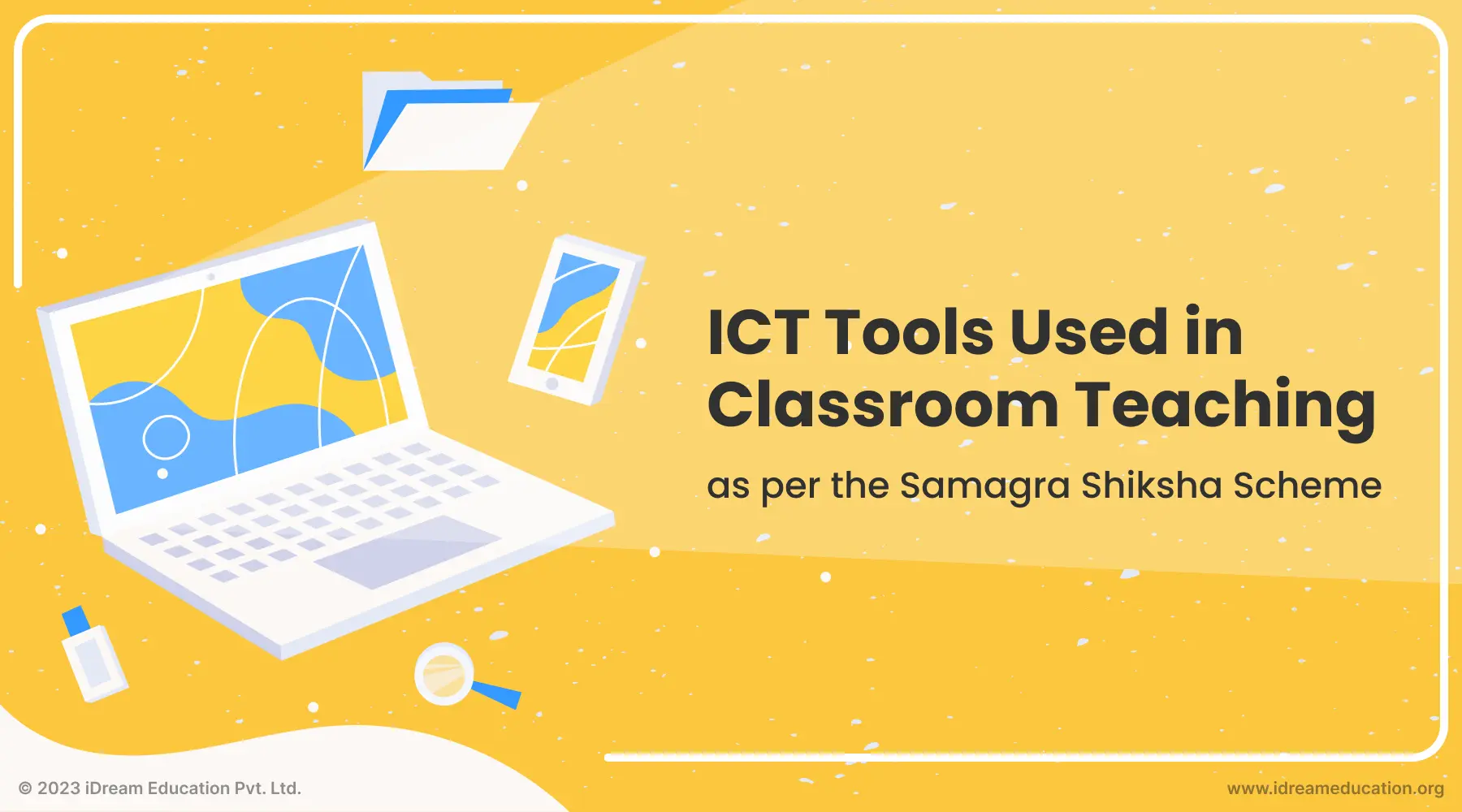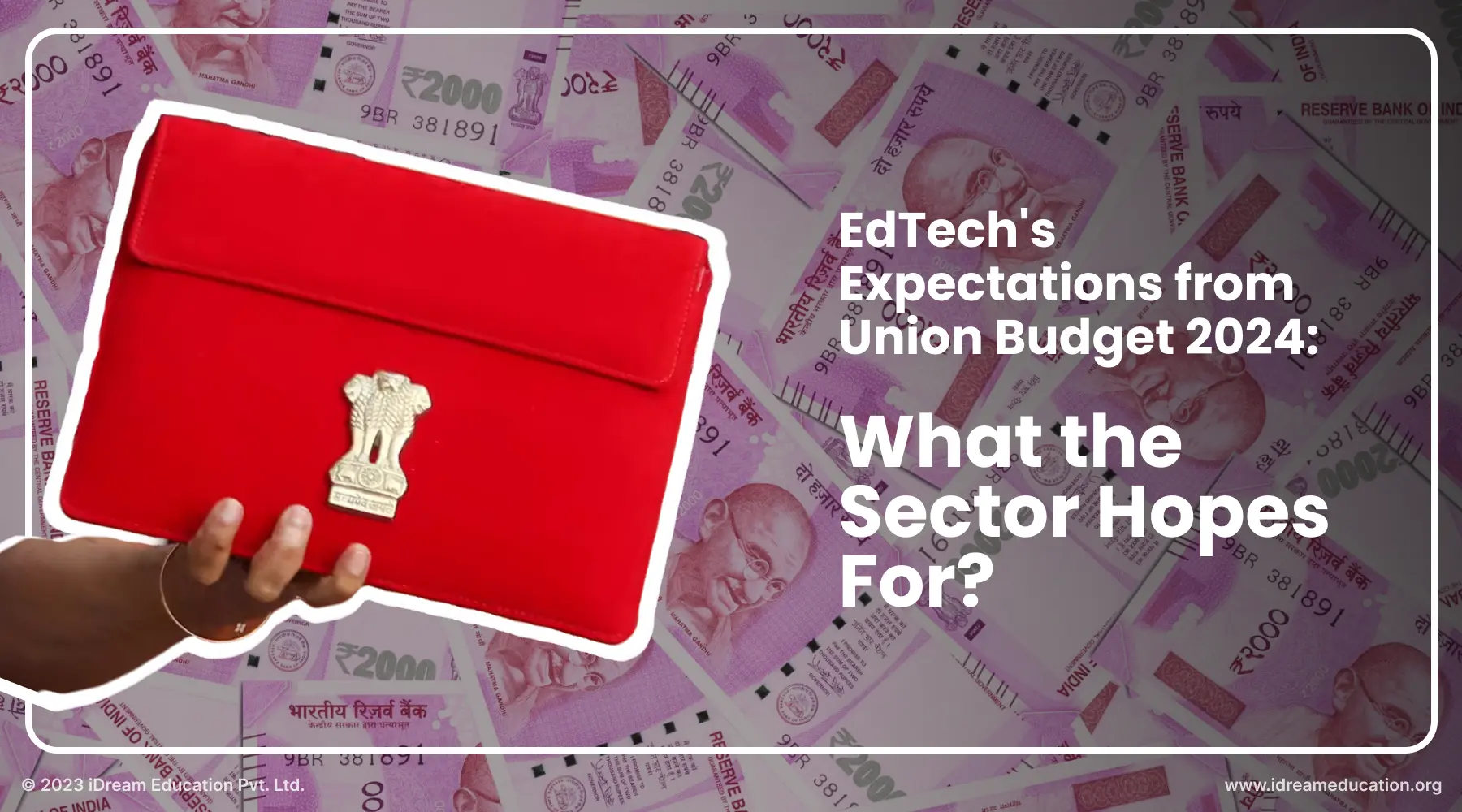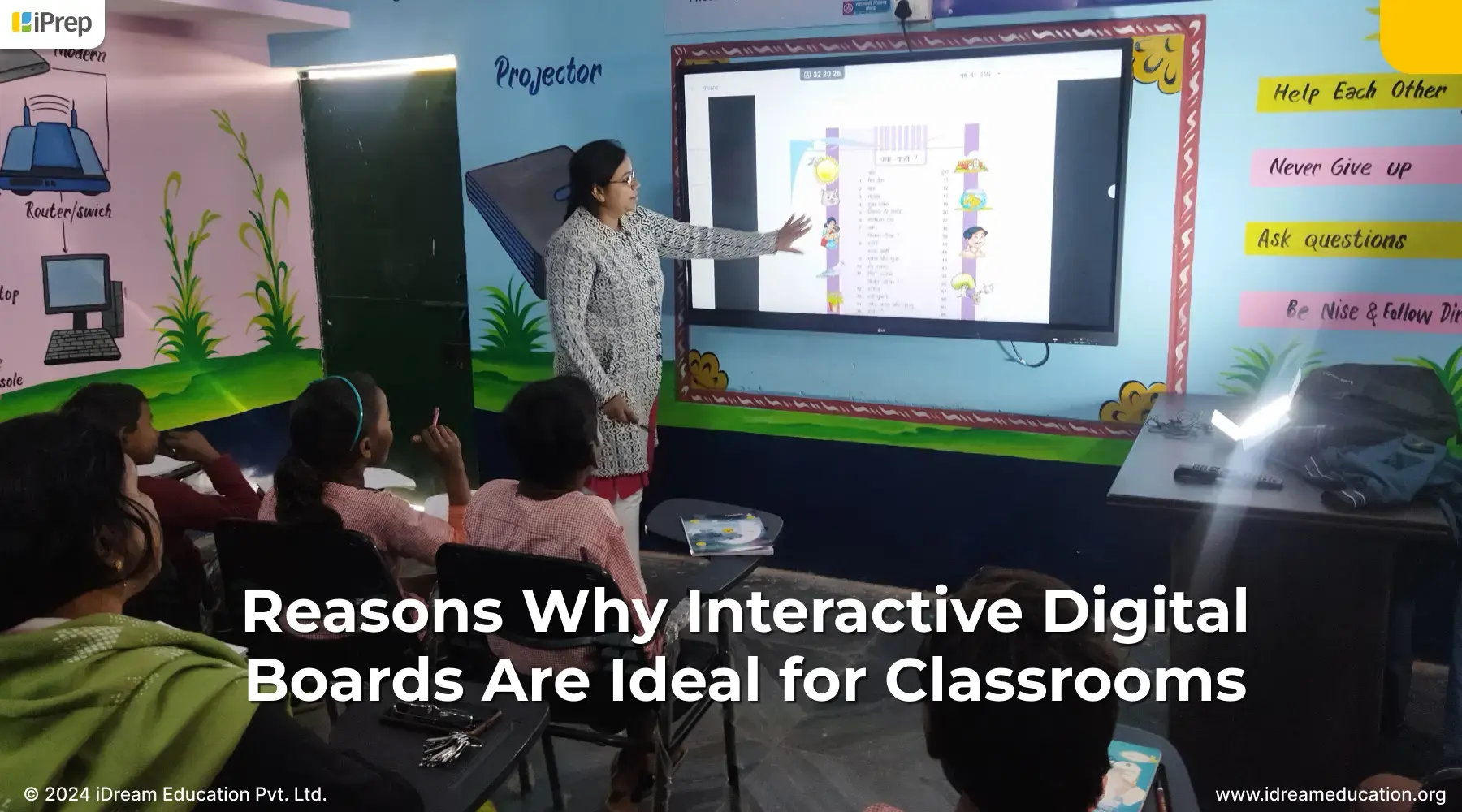While ICT tools have been present in classrooms for a decade, their usage has been a significant concern. Computer-based ICT labs, once considered essential, have often been underutilized due to complex hardware, internet dependency, and...
Author: Ayushi Agarwal
Project Alankar under Gorakhpur UP exemplifies a shift by strengthening smart classrooms with not just multimedia to teach, but also with accountability through usage reporting and data-driven monitoring of learning outcomes. With the vision to...
In India, where languages dance and dialects sing, Hindi stands as a unifying force. It is a language spoken and understood by millions across the nation. Yet, for countless students, especially those in rural areas...
As the nation holds its breath in the hope of the Union Budget 2024, the EdTech sector, a vibrant force in India's educational ecosystem, stands ready with its wishlist. Having enhanced the way we learn...
Welcome to our comprehensive guide to MP Board Content on iPrep! If you’re someone from the government, social sector, or a teacher/student, you’re at the right place. Navigate to the range of educational resources in...
In India, Hindi serves as a common thread, weaving together diverse communities and households across the country. Therefore, children naturally develop a strong linguistic connection with the language from an early age. This is particularly...
Welcome to our comprehensive guide to Haryana Board Content on iPrep! If you’re someone from the social sector, government, or a student/teacher, you’re in the right place. Navigate to the vast landscape of educational resources...
Imagine a classroom where learning about the human body isn't just from textbooks, but by zooming in on a beating heart displayed on a giant interactive screen. Students can explore the solar system or watch...
When we shop for our homes, we often envision investing in items that are not just durable but also serve a purpose for everyone in the household. The same principle applies when it comes to...
Think of a well-stocked kitchen, equipped with a variety of appliances and utensils, each designed for specific culinary tasks. The right tools can simplify cooking and elevate the final dish. Similarly, K-12 e-learning software is...









